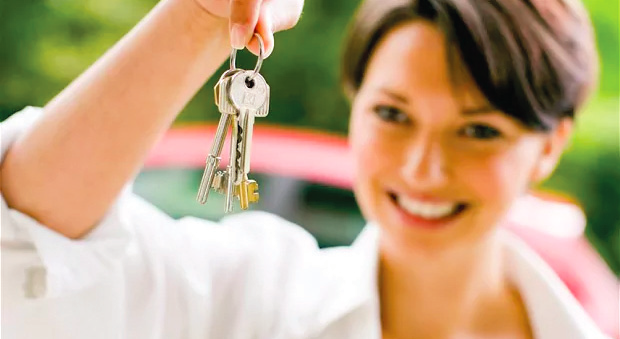
PRINCIPLES OF FINDING LOST OBJECTS
1. Don’t look for it.
2. It’s not lost – you are.
3. Remember the three C’s: be comfortable, calm and confident.
4. Its where it’s supposed to be.
5. Domestic drift. If an object is missing from its designated space, it’s probably where it was last used.
Lost your house keys? Can’t find your specs? Your daughter can’t find her favourite doll? Try some findology to prevent losing things around the house. According to Findologist Michael Solomon, author of How to Find Lost Objects: “Don’t get frantic and keep searching around.
There are no missing objects, only unsystematic searches and clutter.” Solomon says if everything is in its place, nothing will be lost. Meaning: design spaces for specific things. So, your keys, spectacles, mobile, its charger and all thingamajigs must have designated spaces – and then consistently put the objects there.
Clutter begone
While designing a house, it’s important to keep it free of clutter. Because amid clutter, things become invisible and virtually unfindable. Solomon says, “Keys are among the most common objects we lose. And a missing set of keys can bring our day to a sudden and infuriating halt.” But if you have lost something key, the big tip to finding it is to remain calm. “The moment you calm down, the lost object shows up,” he says.
Solomon says that there’s also “The Camouflage Effect” – a common situation in which your missing object is where you thought it was, or where you remember last having seen it. But it has become hidden from view, due to some other object having been inadvertently placed on top of it. The way out: look underneath things.
Make up for lost time
The basic reason people should use findology while designing houses is to stop wasting time that goes in looking for things. Interior designer Namita Sharma says, “People want specific corners in cupboards for placement of things in the kitchen and bedrooms.” In smart houses, Sharma mentions that they try to create uncluttered spaces where there’s no scope for an object just disappearing. Her take: “Lost keys, books, eyeglasses, jewellery, many times simply vanish and resurface after years. We want to reduce the frustration and trauma.”


Be the first to comment